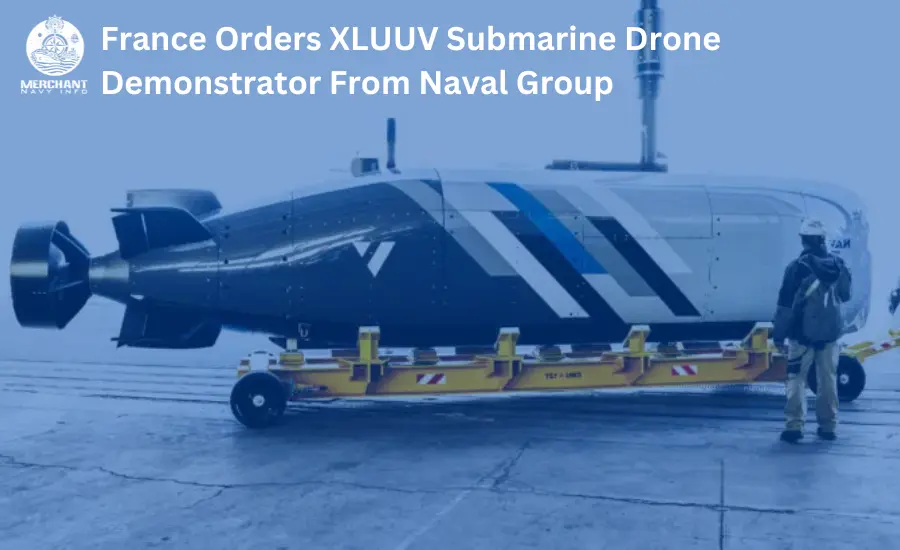
On December 28, 2023, the DGA awarded Naval Group a framework agreement for the development and production. And testing of an unmanned combat underwater vehicle (UCUV) demonstrator. The first follow-on contract for the design and development of Naval Group’s Autonomous Decision-Making Process (ADMP). And also Safe Autonomous Navigation was awarded. This framework agreement follows an agreement he signed with Naval Group on May 4, 2023. To study UCUV’s primary use cases and system architecture. The aim is to carry out research and evaluate the identified technologies. To meet the main use cases of the French Navy. Thereby allowing him to design and also develop the UCUV demonstrator.
Naval Group’s Director of Autonomous Systems, Drones, and Underwater Weapons. Aurore Neuschwander, said: “Naval Group is very proud to support the French Ministry of Defense. In the study of this innovative and disruptive naval capability.
Negotiations
The company will leverage the expertise it has gained over the past decade in the field of unmanned naval systems. Particularly its XL-UUV demonstrator, which will also serve as a technology integration and testing platform. This ambitious project will contribute to the creation of France’s leading naval unmanned systems industry. Of which Naval Group will be a member.
The duration of the first follow-up agreement to this framework agreement is 24 months. This will enable the development of versions of autonomous decision-making processes. (ADMP or ADC© in French for autonomous decision control) aimed at enhancing mission planning. And also monitoring as well as safe surface and underwater navigation. These are essential features for a spacecraft. Autonomous and persistent multi-mission systems. Additional follow-on contracts are planned to develop the technology needed to address long-life, underwater detection, and subcontracting implementation challenges.
Unmanned Systems at the Center of Joint Naval Warfare
Unmanned systems are playing an increasingly important role in naval warfare, giving navies the necessary technical and tactical advantage. With the UCUV project, France joins a very select group of countries involved in defining, developing, and evaluating the first XL-UUV (Ultra Large Unmanned Underwater Vehicle).
Through this project, the French Ministry of Defense will benefit from technological advances and innovations in robotics, drones, and artificial intelligence to assess new naval capabilities that can provide medium-term operational responses to new areas of conflict and asymmetric warfare.
Naval Group’s XLUUV Demonstrator at the heart of the UCUV project
The XL UUV demonstrator will be fully qualified at sea in late summer 2023 and will be a key component of the UCUV project. This will enable a short-cycle evaluation of technologies such as ADMP and also the energy needed to confirm the technical decisions related to the design of his future UCUV demonstrator. This innovative method provides agile guidance to the project and enables the construction of the UCUV demonstrator within a defined budget and schedule.
The Autonomous Decision-Making Process
(ADMP) is the onboard brain of an autonomous system. In environments where communication is limited and sometimes impossible or undesirable, it is important to be able to guarantee mission success with absolute certainty. With this logic in mind, Naval Group developed its ADMP. ADMP is intended to add functionality to the operation of unmanned systems, also making them autonomous systems by allowing them to perform missions without remote control during long-duration missions.
ADMP enables autonomous systems to adapt to tactical threats, operational environments, and potential damage through continuous replanning based on tactical situational analysis. This system allows autonomous systems to accomplish their missions independently or also in coordination while respecting usage principles. The ADMP ensures compliance with the human operator’s instructions regarding the mission objectives, rules of conduct, and degrees of freedom entrusted to the autonomous system.










